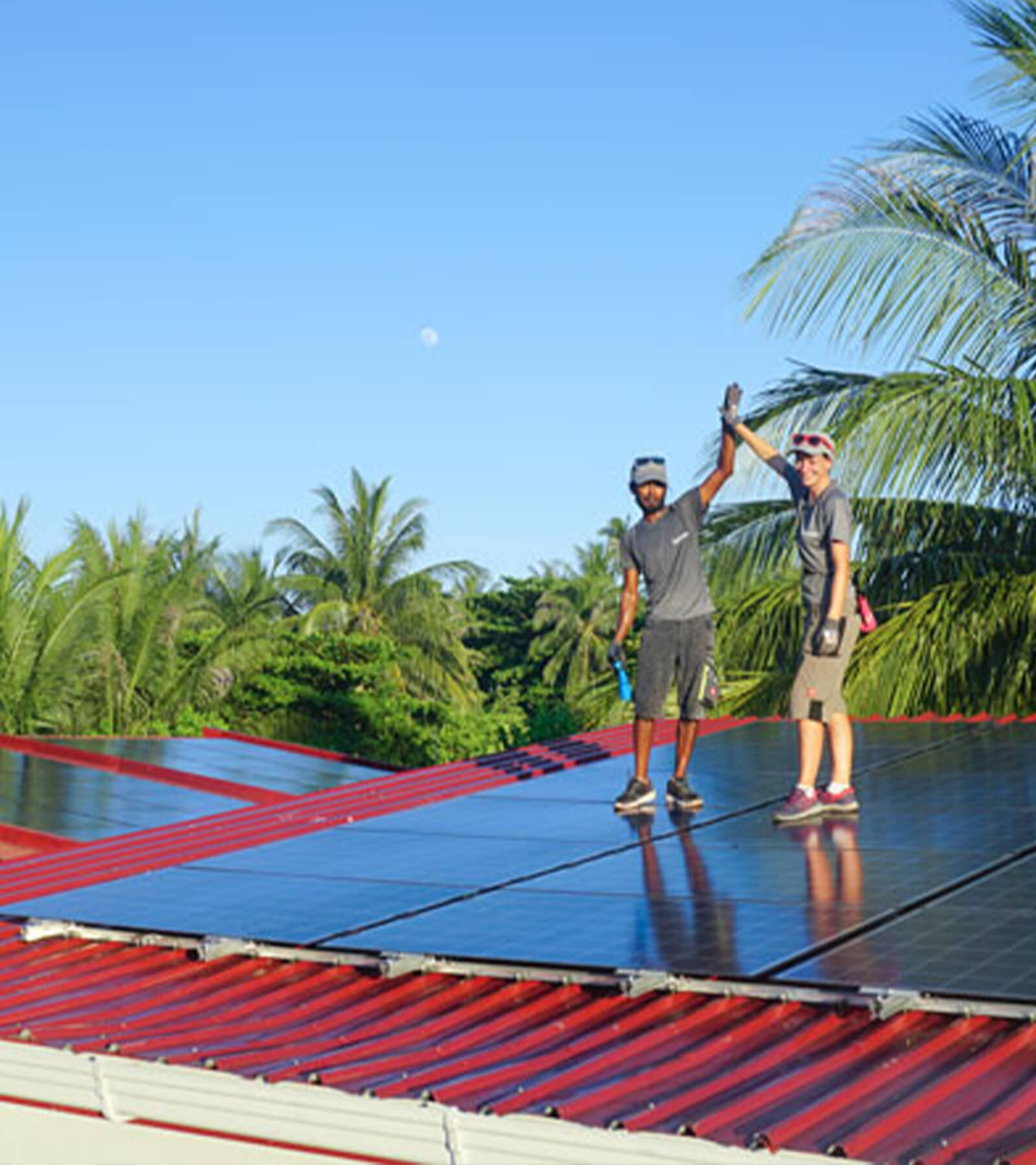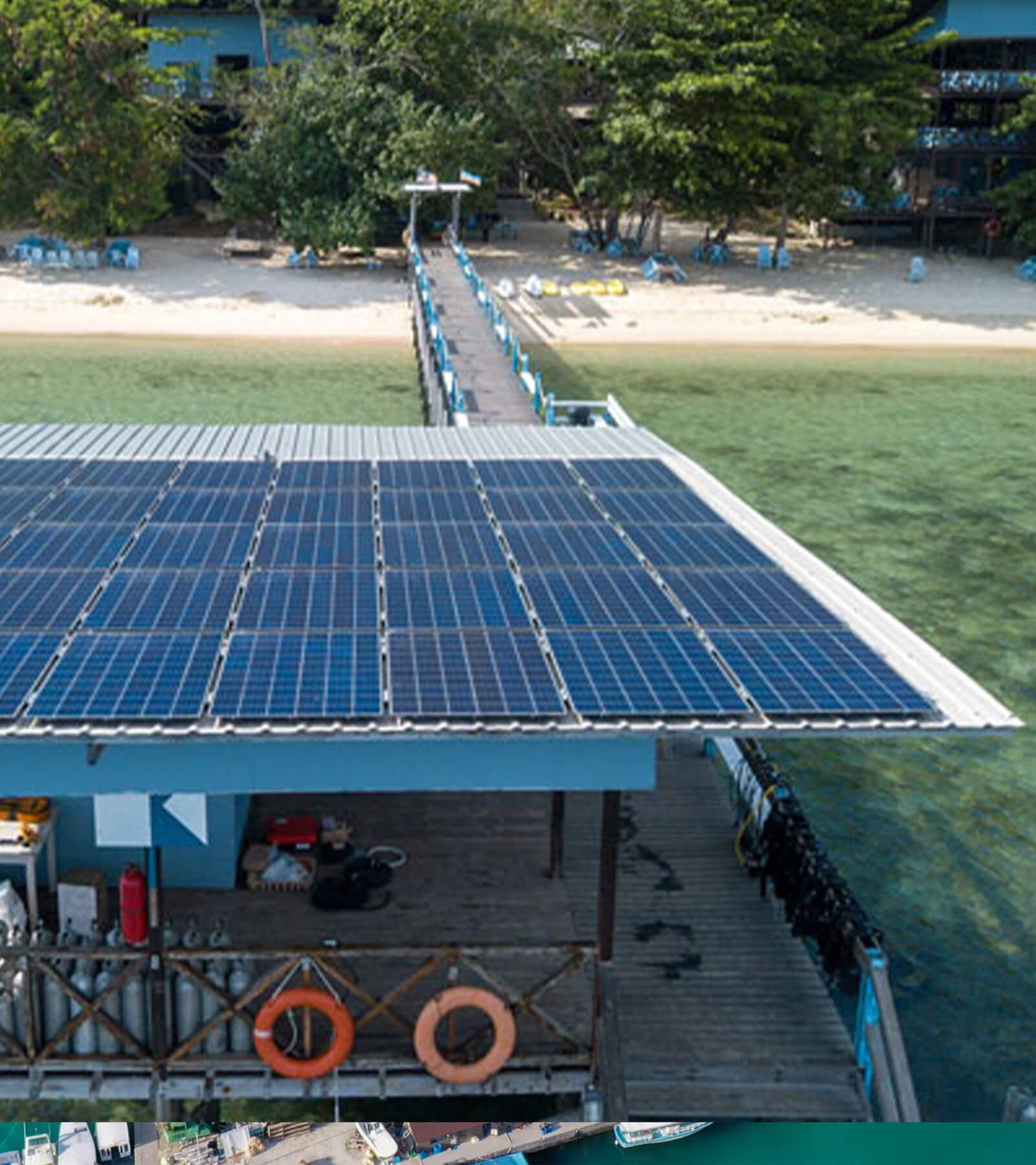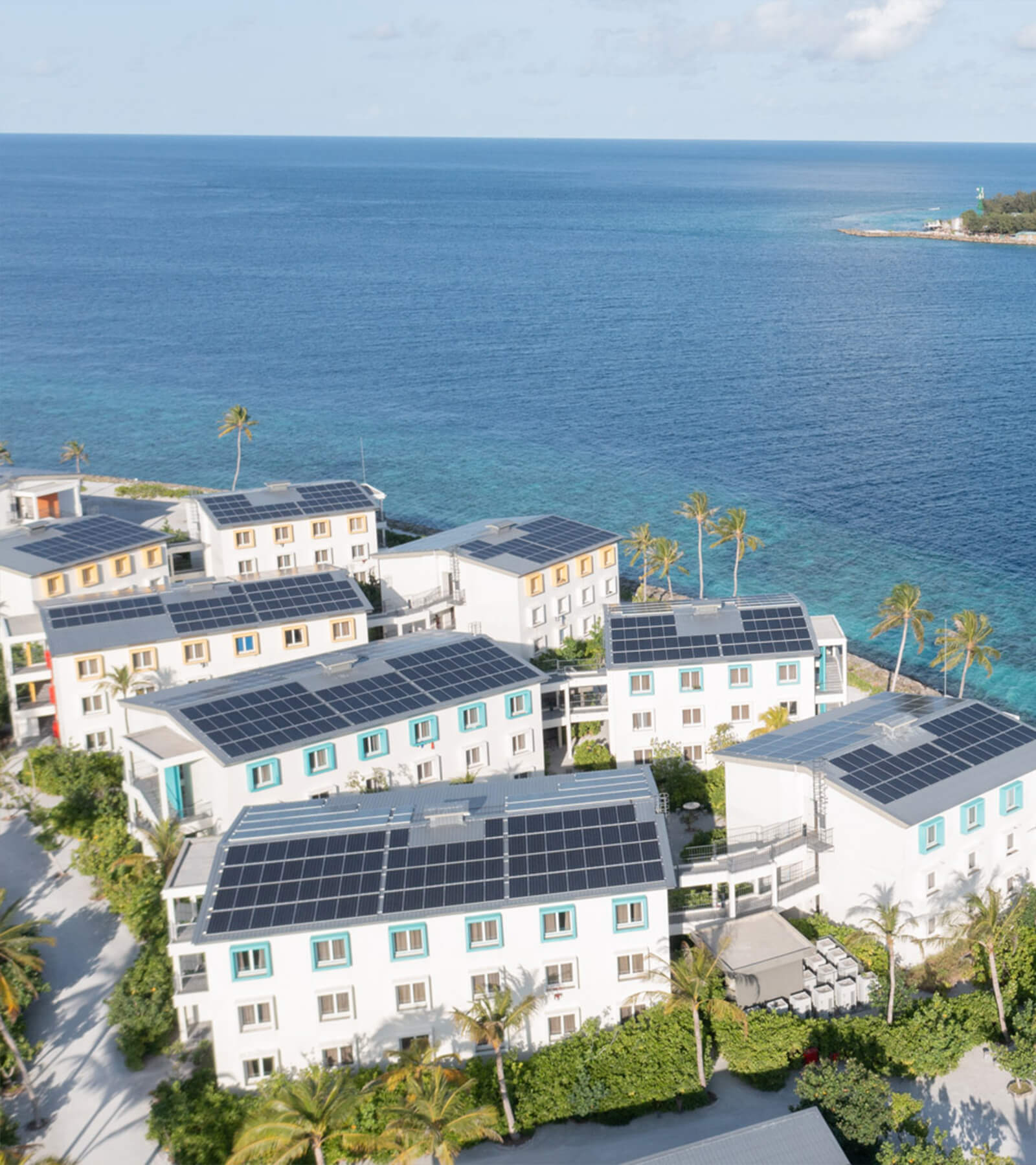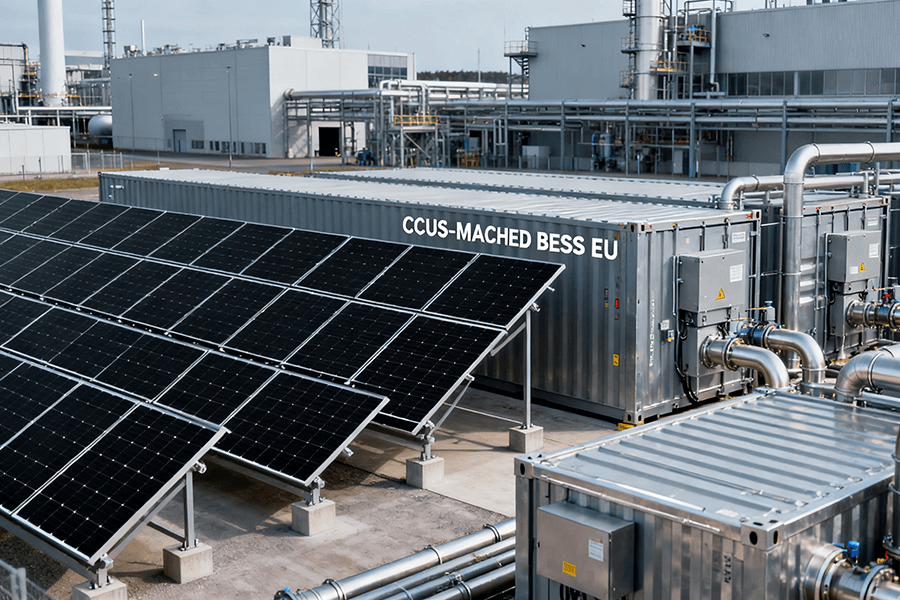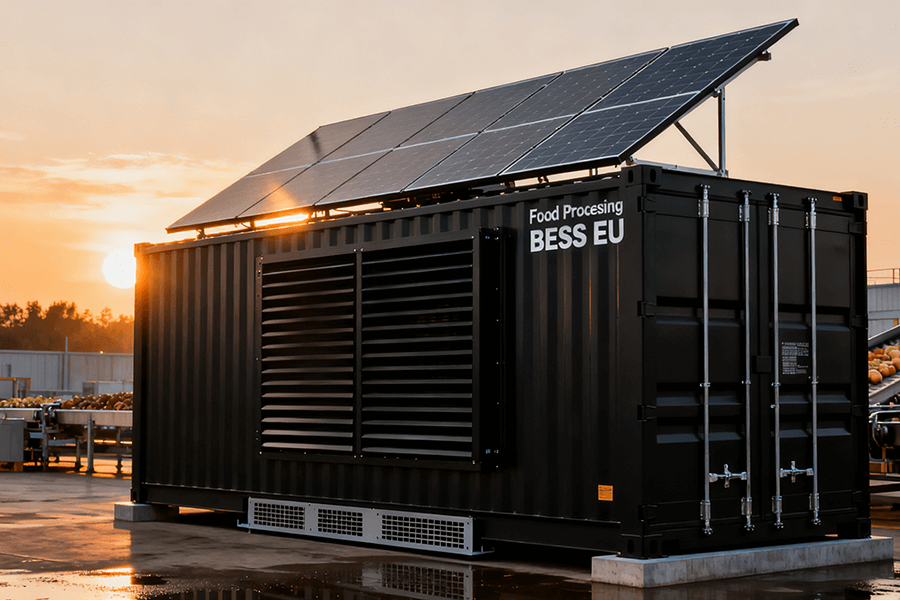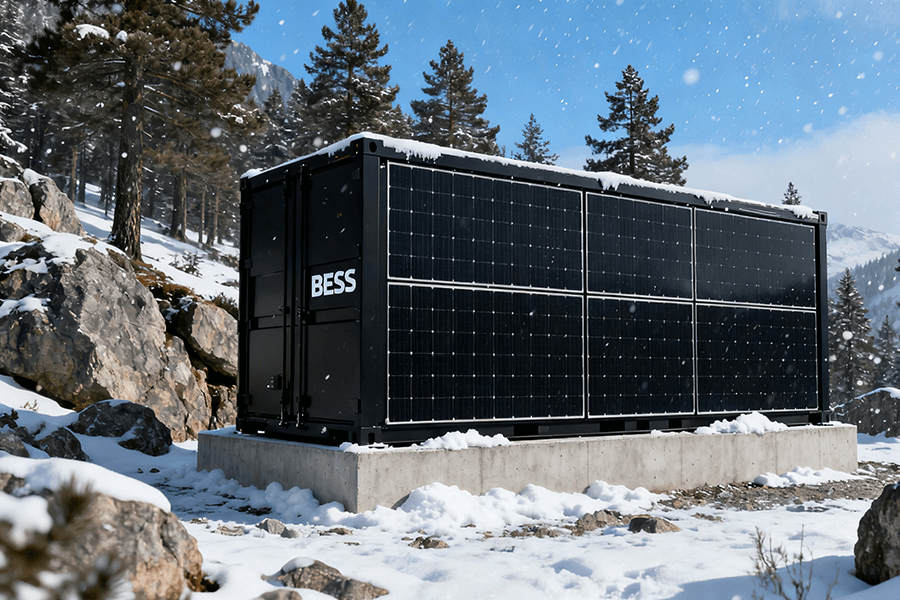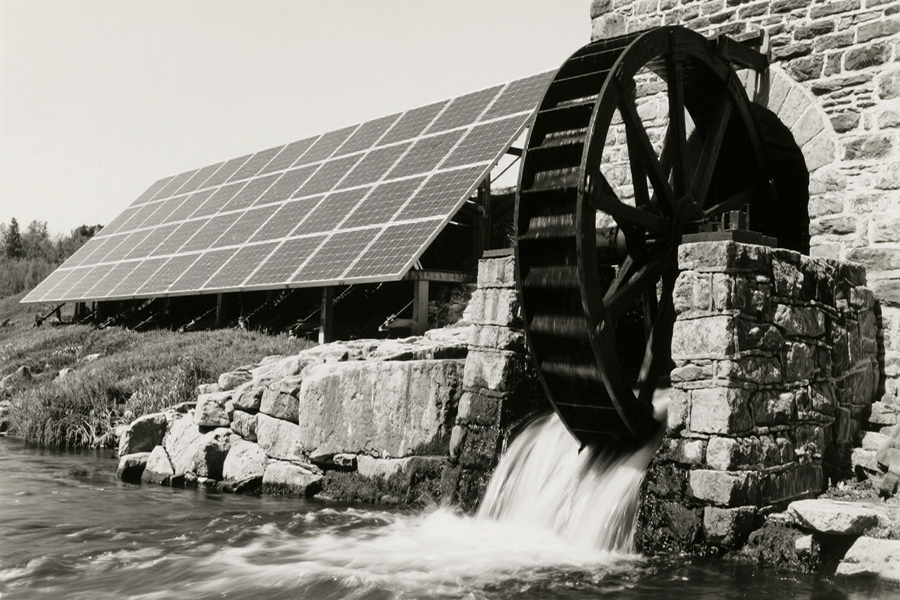
The EU’s Historic Mill Restoration Initiative (2025–2030)
In 2025, the EU Heritage Protection Fund launched a landmark program to preserve and repurpose Europe’s architectural legacy: over €400 million will fund the restoration of 500+ historical mills (water, wind, and tidal) across 27 member states. These iconic structures—once the backbone of rural economies—are being transformed into cultural hubs, featuring interactive exhibits, visitor centers, and community spaces.
But modernizing these 18th–19th century buildings presents a critical challenge: powering contemporary amenities without compromising their historical integrity. Traditional grid connections require invasive wiring and structural modifications—violating heritage preservation rules. This is where BESS (Battery Energy Storage System) Containers emerge as the game – changing solution: compact, low – impact, and designed to sync with renewable energy sources.
Why BESS Containers Are Non – Negotiable for Historic Mills
Historical mills, with their timeless charm, are not merely relics of the past but architectural treasures that hold significant cultural and historical value. Unlike modern power grids, these ancient structures, characterized by their wooden beams, stone walls, and fragile foundations, are ill-equipped to bear the weight and disruption of conventional energy infrastructure installation. As per the 2025 ICOMOS (International Council on Monuments and Sites) Heritage Guidelines, any form of intervention in heritage sites must adhere to the principles of being “reversible, minimal, and visually unobtrusive.” Traditional power systems, with their invasive nature and bulky components, inherently fail to meet these stringent standards.
BESS Containers emerge as the ideal solution to bridge this gap, offering a range of benefits tailored to the unique requirements of historical mills:
- Preserving Architectural Integrity: By eliminating the need for structural alterations to historic buildings, BESS Containers ensure that the original architectural features and historical authenticity of the mills remain intact. This non-invasive approach respects the heritage value of these sites, allowing future generations to appreciate their beauty and significance.
- Harnessing Renewable Energy: These containers are designed to store energy generated from renewable sources such as solar panels, wind turbines, or even the power generated by the mills themselves. By tapping into these clean and sustainable energy sources, historical mills can reduce their carbon footprint and contribute to a greener future.
- Reliable Power Supply: BESS Containers provide a consistent and reliable power source for various applications within historical mills, including exhibits, lighting, and HVAC systems. This ensures a comfortable and immersive experience for visitors while also protecting valuable artifacts and historical collections from damage caused by power fluctuations.
- Reducing Dependence on Fossil Fuels: By relying on stored renewable energy, historical mills can significantly reduce their reliance on fossil fuel-based grid power. This not only helps to mitigate the environmental impact of these sites but also enhances their energy resilience and independence.
In conclusion, BESS Containers offer a sustainable and heritage-friendly solution for powering historical mills, enabling these architectural treasures to thrive in the modern world while preserving their cultural and historical significance for generations to come.
Low – Impact BESS Design: Power Without the Damage
The success of BESS in mill restoration lies in its scalable, non-invasive design. This modular architecture allows for seamless integration into historical sites, eliminating the need for structural alterations that could compromise the integrity of heritage buildings. Most projects employ 5–20 kWh BESS units, which are compact enough to be installed adjacent to mills without requiring any building modifications. These units are paired with 3–8 kW “stealth” solar panels, specifically designed for heritage applications.
These solar panels are strategically installed on mill rooftops or adjacent outbuildings, painted to match the historical materials and textures of the site. Their orientation and positioning are carefully calculated to avoid disrupting the mill’s iconic silhouette, ensuring that the aesthetic and historical value of the structure remains intact. This innovative approach not only minimizes the visual impact of the renewable energy infrastructure but also preserves the cultural heritage of these historical mills.
Self-Sufficiency Metrics: Real-World Results
A 2025 pilot project in the Netherlands serves as a compelling case study, showcasing the effectiveness of BESS in historical mill restoration. The project involved the conversion of a 17th-century windmill into a museum, integrating a 10 kWh BESS Container and 5 kW solar panels to power its operations. The results were remarkable, achieving an average self-sufficiency rate of 75% over a three-month period.
The table below provides a detailed breakdown of the energy usage and self-sufficiency metrics for the project:
| Month | Total Energy Needed (kWh) | Solar Energy Generated (kWh) | BESS Energy Used (kWh) | Grid Energy Used (kWh) | Self-Sufficiency Rate |
|---|---|---|---|---|---|
| May 2025 | 128 | 65 | 28 | 35 | 72% |
| June 2025 | 135 | 72 | 31 | 32 | 76% |
| July 2025 | 142 | 78 | 33 | 31 | 78% |
Source: EU Heritage Protection Fund Pilot Report, 2025
These findings highlight the significant potential of BESS and solar panel systems in reducing the reliance on the grid for historical mill restoration projects. By leveraging renewable energy sources, these initiatives not only contribute to environmental sustainability but also ensure the long-term viability of these cultural heritage sites.
UNESCO Compliance: Preserving Aesthetics, Meeting Standards
UNESCO’s World Heritage Convention Guidelines (2025 Update) emphasize the critical importance of “visual harmony” within heritage sites, stating that no new structures or equipment should disrupt the historical character of these culturally significant locations. BESS Containers adeptly meet this stringent requirement through two primary strategies:
- Visual Discretion: Employing advanced camouflage techniques, BESS containers are meticulously painted to seamlessly blend with the exteriors of historical mills. Whether mimicking the texture of weathered wood, the patina of aged stone, or other traditional materials, these containers are designed to be as unobtrusive as possible. Additionally, they are strategically placed in non-prominent locations, such as behind mill outbuildings or in areas that are less visible to the public, ensuring that they do not detract from the site’s aesthetic appeal.
- Hybrid Energy Integration: BESS units are engineered to integrate harmoniously with the mill’s original energy sources, such as water wheels and windmills. This innovative approach was demonstrated in a 2025 restoration project at a French water mill. During periods of high water flow, typically triggered by spring rains, the water wheel generated excess energy that was previously wasted. With the installation of a BESS Container, this surplus energy could be efficiently stored. Then, during low-flow seasons, such as summer droughts when the water wheel’s output was reduced, the stored energy was released, powering the mill and its operations. This not only reduced the mill’s dependency on the grid by an impressive 40%, but also ensured the uninterrupted preservation of the mill’s historical function, maintaining its role as a working example of traditional engineering.
Hybrid Power Contribution: Before vs. After BESS
The transformative impact of BESS on the energy mix of the French water mill project is best illustrated through a comparative analysis of its energy sources before and after implementation:
| Energy Source | Pre – BESS (2024) % | Post – BESS (2025) % | Observations |
|---|---|---|---|
| Water Wheel | 55 (unstable) | 52 (stable) | BESS stabilizes output from variable renewable sources |
| Grid (Fossil Fuel) | 45 | 23 | Significant reduction in reliance on non-renewable energy |
| BESS (Stored Renewable) | 0 | 25 | New energy source enabling self-sufficiency |
Source: UNESCO World Heritage Energy Case Study, 2025
Additional Benefits and Considerations
Beyond the energy mix improvements detailed in 4.1, BESS Containers offer several other advantages for historical mills. They provide enhanced energy resilience during extreme weather events or grid outages, safeguarding the operational continuity of the mills. Additionally, the reduced reliance on fossil fuels from the grid aligns with global efforts to combat climate change, further enhancing the environmental credentials of heritage sites.
On the other hand, considerations such as the initial investment cost for BESS installation, ongoing maintenance requirements, and the need for specialized technical expertise to manage the systems also come into play. However, when balanced against the long-term benefits to both the environment and the preservation of historical functions, BESS Containers prove to be a worthwhile addition to EU historical mills.
This data and analysis clearly demonstrate how BESS Containers can play a pivotal role in enhancing the sustainability of historical mills, while simultaneously respecting and preserving their cultural heritage.
Installation Best Practices: Non – Invasive, Future – Proof
Installing BESS Containers in historic mills requires precision—here are the industry – recognized best practices (endorsed by the EU Heritage Protection Fund):
Precision – Oriented Installation Protocols
Above – Ground Mounting
To safeguard the structural integrity of historic mill foundations, BESS containers are installed on prefabricated concrete pads positioned above ground level. This non – intrusive approach eliminates the need for excavation, ensuring zero impact on the mill’s original architectural elements. Rigorous soil analysis and load – bearing capacity assessments are conducted prior to installation, guaranteeing stability without compromising heritage value.
Non – Invasive Wiring
Electrical infrastructure integration adheres to strict heritage – preservation standards. Cables are routed through surface – mounted conduits meticulously designed to match the mill’s historical aesthetic. Specialized, adhesive – based mounting techniques are employed instead of drilling into stone or wooden surfaces, maintaining the authenticity of the building’s facade while enabling seamless energy connectivity.
Modular Design
The BESS units feature a scalable modular architecture, offering unparalleled flexibility for future expansions. In the event of a mill’s functional growth—such as the addition of a café, museum, or exhibition space—extra BESS capacity can be incrementally integrated. This plug – and – play design not only minimizes construction disruptions but also ensures long – term adaptability, aligning with the dynamic needs of cultural heritage sites.
EU Funding Opportunities for Historic Mill BESS Projects
Projects incorporating BESS Containers in historic mill restorations are eligible for substantial financial backing through the EU Creative Europe Programme (2025–2030). With an annual allocation of €1.8 billion dedicated to cultural heritage initiatives, this program has witnessed a significant surge in renewable – energy – focused projects. In 2025 alone, 34% of funded mill restoration endeavors integrated BESS or renewable energy storage solutions, marking a remarkable 22% increase from the previous year’s 12%.
Eligibility Criteria
To qualify for funding, projects must meet the following stringent requirements:
| Criteria | Details |
|---|---|
| UNESCO/ICOMOS Alignment | Demonstrate strict compliance with UNESCO’s World Heritage Convention and ICOMOS (International Council on Monuments and Sites) guidelines for heritage preservation |
| Renewable Self – Sufficiency | Achieve a minimum of 60% energy self – sufficiency through renewable sources (e.g., solar, wind, hydro) |
| Long – Term Maintenance | Submit comprehensive, multi – year maintenance plans for BESS systems, ensuring operational longevity and safety |
Application Process
Interested applicants can submit their proposals via the official EU Creative Europe Portal:
- [https://ec.europa.eu/creative – europe/](https://ec.europa.eu/creative – europe/)
- [https://ec.europa.eu/creative – europe/](https://ec.europa.eu/creative – europe/)
Maxbo Solar: Your Partner in Heritage – Friendly Energy
At Maxbo Solar, we’ve spent a decade designing BESS solutions for sensitive environments—including 12 EU historical mill projects since 2023. Our approach is simple: prioritize heritage preservation without compromising energy performance.
What sets our BESS Containers apart for mill restoration:
- Custom Sizing: 5–20 kWh units tailored to a mill’s specific energy needs (e.g., a small windmill museum vs. a large water mill community center).
- Heritage – Approved Finishes: Panels painted to match historical materials (e.g., Dutch clapboard, French limestone) and tested to meet UNESCO visual standards.
- Smart Monitoring: Our cloud – based system tracks energy usage, solar production, and BESS performance—so you can optimize efficiency without visiting the site.
- Turnkey Support: We handle every step, from initial energy audits (to avoid over – sizing) to installation (coordinated with heritage architects) and 5 – year maintenance.
To see how we helped transform a 18th – century Belgian windmill into a 75% self – sufficient cultural hub, visit our case study page: [www.maxbo – solar.com/eu – heritage – projects](www.maxbo – solar.com/eu – heritage – projects).
Let’s preserve Europe’s past—while powering its future.

